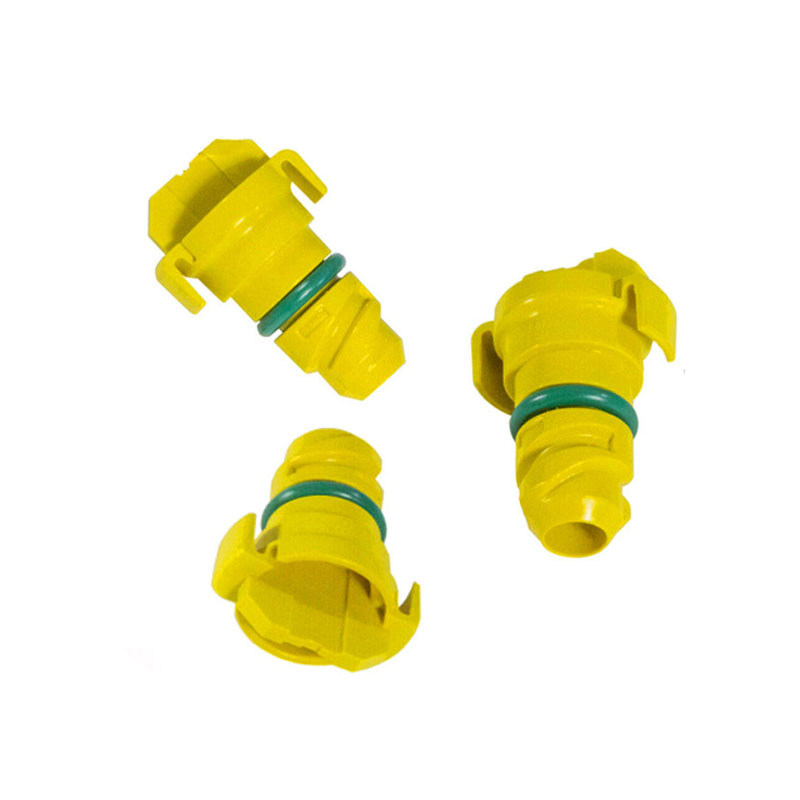Cassette Oil Seal Applications and Benefits for Engine Maintenance and Performance
Understanding Cassette Oil Seals A Comprehensive Guide
Cassette oil seals play a crucial role in the functionality and longevity of various machinery and vehicles. Often overlooked, these small components are integral to preventing leaks and protecting engine parts from contaminants. This article explores the significance of cassette oil seals, their construction, types, and maintenance tips.
What is a Cassette Oil Seal?
A cassette oil seal, also known as a lip seal or radial seal, is a mechanical seal used to prevent the leakage of lubricants while keeping foreign particles out. The term cassette refers to the design of these seals, which typically consist of a metal casing that houses a rubber or elastomer sealing lip. This unique structure allows the cassette oil seal to provide a robust barrier against oil leaks and ingress of dirt and dust.
The Importance of Cassette Oil Seals
The primary function of a cassette oil seal is to retain lubricant within a system, which is crucial for reducing friction and wear on moving parts. Without a properly functioning seal, lubricants can escape, leading to increased friction, overheating, and ultimately, engine failure. In automotive applications, oil leaks can lead to significant environmental issues and costly repairs.
Moreover, cassette oil seals are designed to withstand various operating conditions, including high-pressure environments, extreme temperatures, and exposure to hazardous substances. Their durability and reliability are essential in industries such as automotive, aerospace, and manufacturing.
Types of Cassette Oil Seals
Cassette oil seals vary in design and material, each suitable for different applications
. The main types include1. Single-lip Seals These are the most common type, featuring one sealing lip. They are effective in a wide range of applications but may be less effective against dust and debris. 2. Double-lip Seals Designed with two sealing lips, double-lip seals offer enhanced protection against contaminants. They are particularly beneficial in harsh environments where dirt ingress is a concern.
3. Spring-loaded Seals These seals incorporate a spring behind the sealing lip, providing additional pressure against the shaft. This design improves the seal's effectiveness, especially in dynamic applications.
cassette oil seal

4. V-ring Seals V-rings provide a unique solution for shaft sealing, offering flexibility and the ability to accommodate shaft misalignments.
Material Composition
The materials used in cassette oil seals are critical to their performance. Common materials include
- Nitrile Rubber (NBR) Widely used due to its good oil resistance and durability. Suitable for many automotive applications. - Fluoroelastomer (FKM) Known for its excellent chemical resistance, FKM is ideal for high-temperature applications.
- Polyurethane Offers flexibility and resilience, making it suitable for dynamic sealing applications.
Maintenance and Replacement
To ensure optimal performance, regular inspection and maintenance of cassette oil seals are essential. Signs of wear include oil leaks, unusual noises, or visible deterioration of the seal. If a seal fails, it should be replaced promptly to avoid further damage to the machinery or vehicle.
When replacing a cassette oil seal, it is vital to ensure the correct size and type are selected for the specific application. Proper installation is equally important; excessive force or improper alignment during installation can damage the seal, leading to early failure.
Conclusion
Cassette oil seals, although small and often overlooked, are vital components in numerous applications, from automotive to industrial machinery. Understanding their function, types, and maintenance needs can significantly impact the efficiency and lifespan of the equipment in which they are used. By prioritizing the health of these seals, operators can avoid costly repairs and ensure smooth operation of their machinery. Investing in high-quality cassette oil seals and adhering to a regular maintenance schedule is crucial for achieving optimal performance and reliability.
-
Understanding the Front Main Engine Seal: Purpose, Maintenance, and Installation
News Jul.29,2025
-
Understanding O-Rings and Seal Rings: Types, Applications, and Custom Solutions
News Jul.29,2025
-
Understanding Crankshaft Oil Seals: Rear Seals, Pulley Seals, and Their Role in Engine Integrity
News Jul.29,2025
-
The Importance of Front and Rear Crankshaft Seals in Engine Performance and Oil Management
News Jul.29,2025
-
Crank Oil Seals: Functions, Types, and Cost Considerations in Engine Maintenance
News Jul.29,2025
-
A Comprehensive Guide to O-Rings and Seals: Types, Materials, and Global Applications
News Jul.29,2025
-
Mastering Diesel and Performance Engine Maintenance: A Guide to Critical Oil Gaskets
News Jul.28,2025
Products categories















